The movement embedded in a terminal with a pyramidal pediment is framed to the right by a heron drinking from a fountain and to the left by a bouquet of flowers arranged in a Medici-shaped vase.
On the terrace, a frieze of gilded bronze palm fronds is placed on either side of a cup from which two birds are drinking.
The pediment is decorated with a gilt bronze plaque representing "The slave trade" taken from the painting by George Morland, and engraved by John Raphaël Smith.
Wire movement chiming the hours and half-hours.
Good condition; some light scratches on the marble; movement revised and in perfect working order.
Directoire period, signed on the dial Keifser the elder, watchmaker in Grenoble.
The painting by George Morland, British painter (1763-1804) representing "The Slave Trade" painted in 1789 (Houston, Menil Foudation Collection) was engraved in 1791 by John Raphaël Smith. This painting represents on the left two white men pulling a black man and on the right another white man pushing aside his wife, presumably with their young child. In the background, we can see two black figures, their hands tied behind their backs, who have passed in front of African huts and are taken towards a boat moored along the shore in which there is another black man hiding his face. despair. In the background on the right, 2 people are talking, a white man and a black man, better dressed and wearing a large hat. They discuss the price at which the men torn from their village of origin will be sold. This scene denounces slavery and responds to a feeling that was beginning to arise in England at that time, condemning the trade in human beings. George Morland appeals to the reason and feeling of the spectator by arousing his emotion in the face of the separation of husband and wife and the dislocation of these families and he wants to invite us to react, unlike the child who is in the middle in the first plan and who lowers his eyes and looks at nothing, and who pulls the chain of the boat, showing that he is indeed linked to this slave trade. Unprecedented in the iconography of clocks of this period, our clock reflects a thought which is beginning to evolve and is in opposition to the "exoticism" of "negro" clocks. Smith's engraving was widely distributed in England and France, but our pendulum is the only one known to date.
Worldwide delivery on quote.












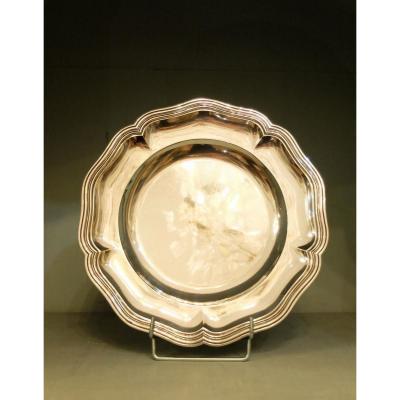
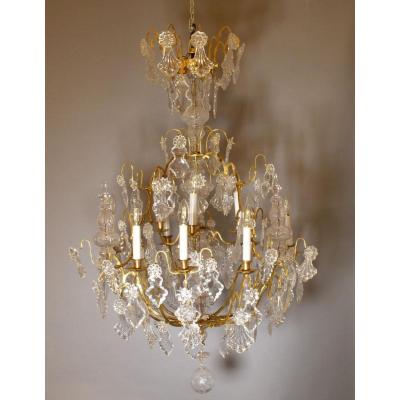


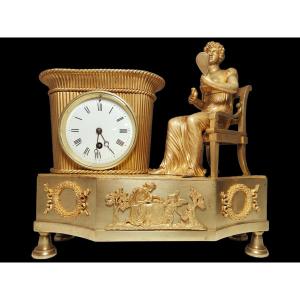

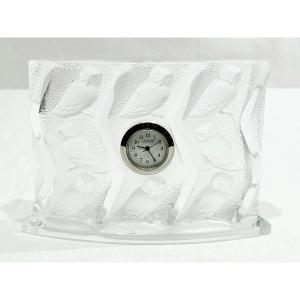
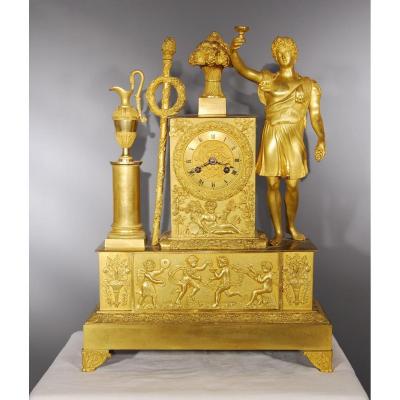

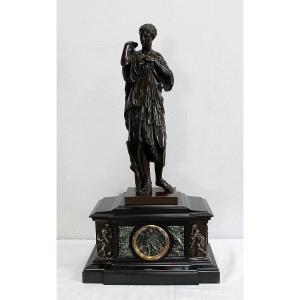



 Le Magazine de PROANTIC
Le Magazine de PROANTIC TRÉSORS Magazine
TRÉSORS Magazine Rivista Artiquariato
Rivista Artiquariato
